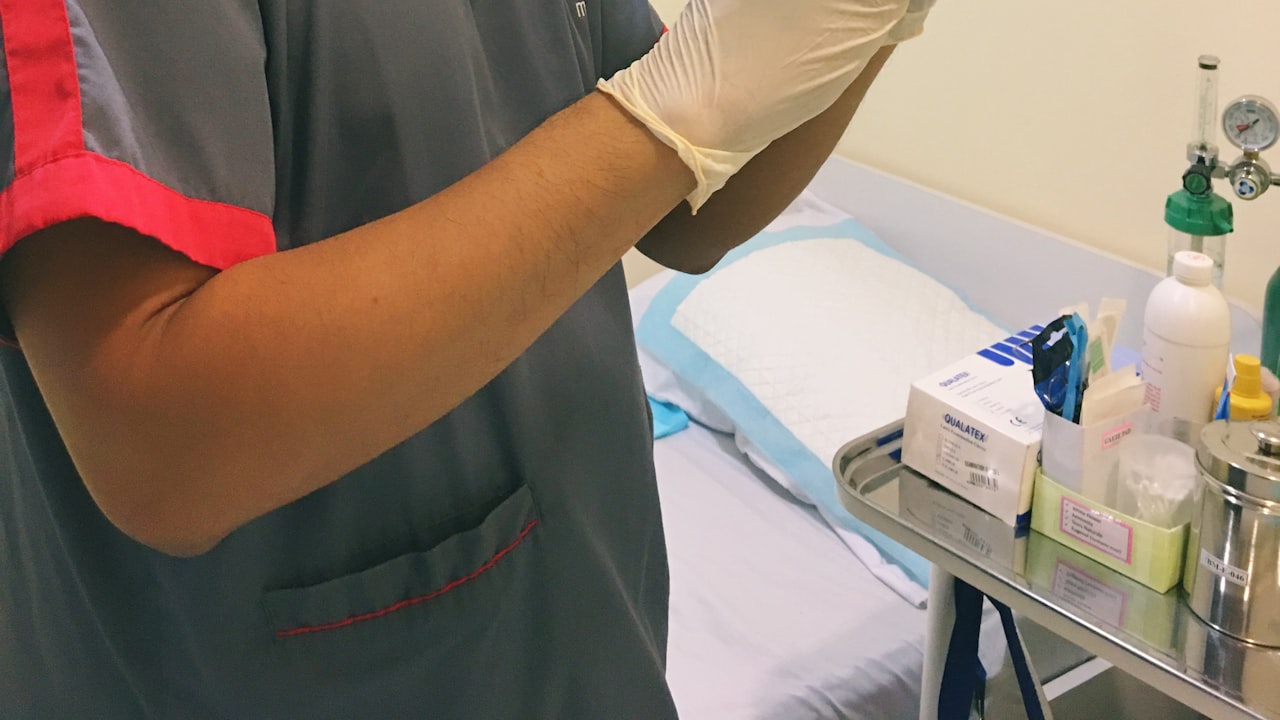Title: Designing Precision Injection Molds: Key Considerations for Success
Injection molds play a critical role in the manufacturing process for a wide range of products. From automotive components to household goods, injection molds are essential for producing high-quality plastic parts efficiently. Therefore, designing precision injection molds requires careful consideration and expertise to ensure optimal performance and consistency.
When it comes to designing injection molds, the collaboration between the injection mold factory and the supplier is paramount. The injection mold factory is responsible for creating the molds based on the customer’s specifications, while the supplier provides the materials and technology necessary for the molding process. This partnership is essential for achieving the desired outcome and meeting the customer’s expectations.
One key consideration in designing precision injection molds is the choice of materials. Different types of plastics require specific mold materials to ensure precision and durability. The mold designer must carefully select materials that can withstand the molding process and produce consistent results over time. Additionally, factors such as temperature, pressure, and cooling time must be taken into account to optimize the mold design for efficiency and quality.
Another critical aspect of designing injection molds is the detailed understanding of the product requirements. The mold designer must work closely with the customer to identify the exact specifications of the plastic parts, including size, shape, and tolerance levels. By having a clear understanding of the product requirements, the designer can create a mold that meets the customer’s expectations and delivers high-quality results.
Moreover, the design of the injection mold itself plays a crucial role in the success of the molding process. Factors such as gate design, ejector system, and cooling channels all contribute to the overall performance of the mold. By incorporating innovative design solutions and advanced technologies, such as mold flow analysis and rapid prototyping, the designer can optimize the mold design for efficiency and precision.
In conclusion, designing precision injection molds is a complex and intricate process that requires expertise, collaboration, and attention to detail. By working closely with the injection mold factory and supplier, carefully selecting materials, understanding product requirements, and optimizing the mold design, manufacturers can achieve success in producing high-quality plastic parts efficiently and consistently.

 Title: Designing Precision Injection Molds: A Comprehensive Guide
Title: Designing Precision Injection Molds: A Comprehensive Guide